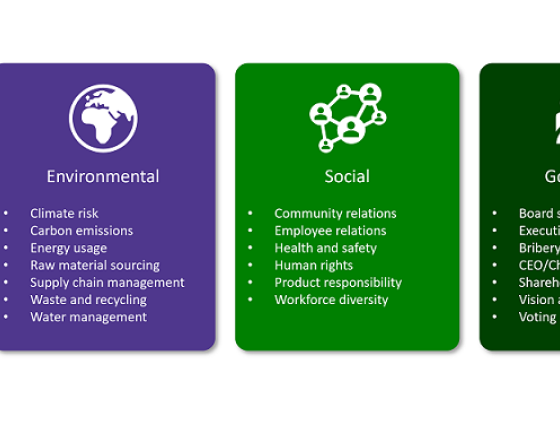
Responsible investment
Responsible investment is an approach to investing that aims to incorporate environmental, social and governance (ESG) factors into investment decisions, to better manage risk and generate sustainable, long term returns.
We integrate ESG factors into our investment processes, as we believe that they are a core part of our fiduciary duty.
For a flavour of how we are trying to have a greater impact by investing in alternatives with strong ESG credentials, we’ve produced a six-minute video about Gresham House’s Sustainable Infrastructure Strategy.
We were very proud to be notified by the FRC on 1 September 2021 that we were one of the first pension funds to have achieved signatory status to the UK Stewardship Code 2020. Since then we have continued to set high stewardship standards and retained our signatory status.
Download: UK Stewardship Code 2020 Application to Retain Signatory Status
Our guiding principles are detailed in our Investment Strategy Statement.
We believe strongly that working in collaboration and collectively with our LGPS Central Limited partners, asset managers and through bodies like LAPFF or Pensions for Purpose will increase the likelihood that we will be heard by a company, fund manager or other relevant stakeholder compared with acting alone.
We participate in LGPS Central Limited for our active mandates. It is our ESG adviser and its approach is detailed in its Responsible Investment and Engagement Framework.
Whilst LGPS Central Limited does quarterly ESG update reports which can be found on its website, we monitor our engagement with companies in our listed active portfolios and how the proxy voting of these investments is cast, reporting this to Pensions Committee meetings using geographical, and themed analyses.
We have appointed Legal & General Investment Management to manage our passive equity mandates. It believes in using its scale and influence to bring about real, positive change to create sustainable investor and produces a quarterly ESG impact report that includes a regional voting summary.
From an asset allocation point of view, it appears to us preferable to think about ESG impact strategies within the already well-established asset classes rather than as a standalone bucket.
Details of ESG image:
| Environmental | Social | Governance |
|---|---|---|
|
|
|
 Facebook
Facebook Twitter
Twitter Email
Email WhatsApp
WhatsApp Messenger
Messenger